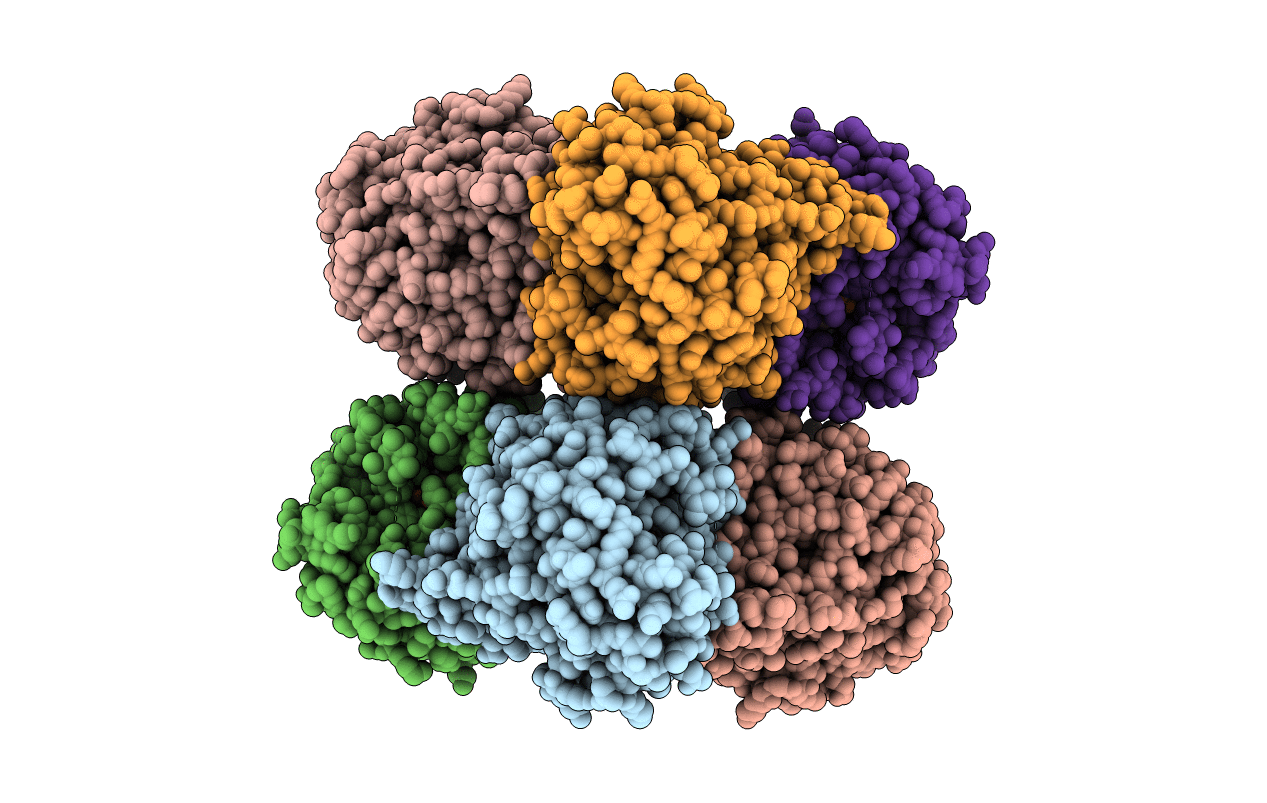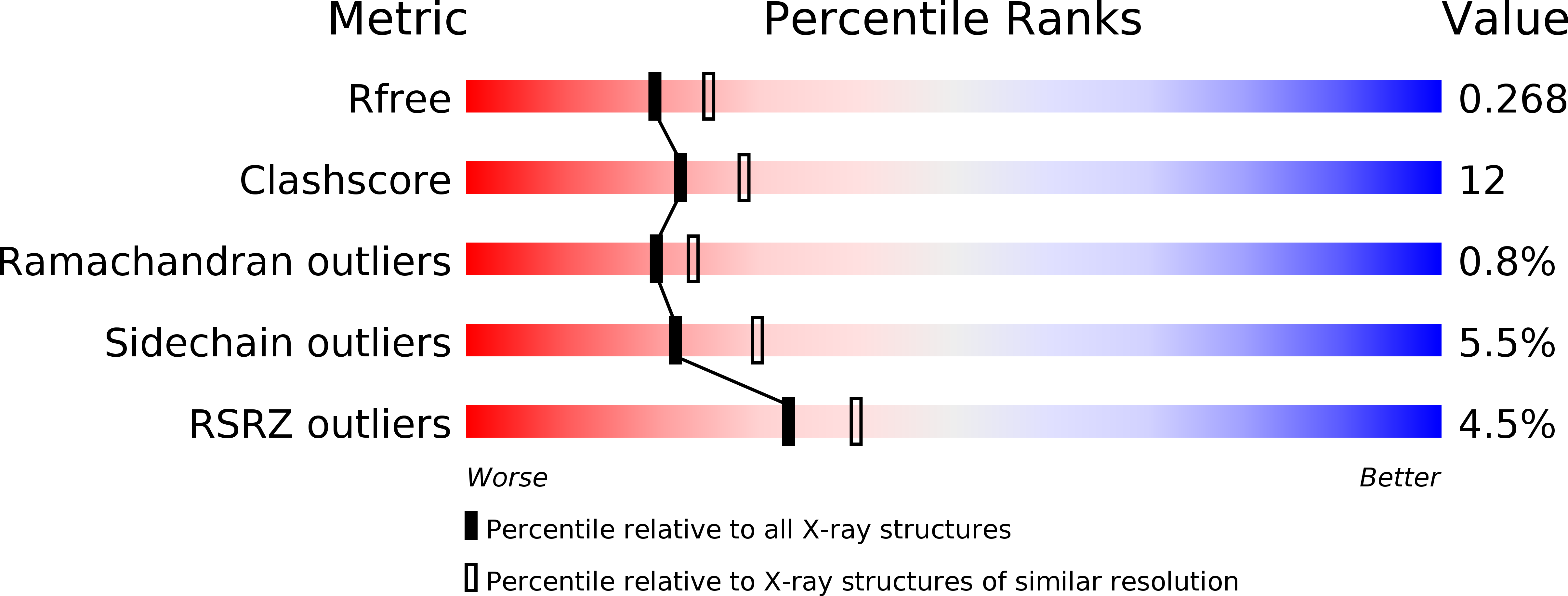
Deposition Date
2004-05-19
Release Date
2005-02-01
Last Version Date
2023-08-23
Entry Detail
PDB ID:
1TB3
Keywords:
Title:
Crystal Structure Analysis of Recombinant Rat Kidney Long-chain Hydroxy Acid Oxidase
Biological Source:
Source Organism:
Rattus norvegicus (Taxon ID: 10116)
Host Organism:
Method Details:
Experimental Method:
Resolution:
2.30 Å
R-Value Free:
0.26
R-Value Work:
0.23
Space Group:
P 21 21 21


